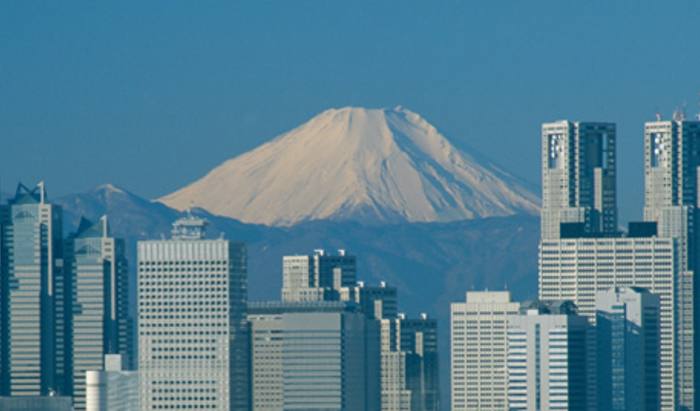
Monetary policy in Japan has underwhelmed investors and markets recently, as the Bank of Japan (BoJ) seeks new ways of stimulating an economy that is some way off its 2 per cent inflation target.
BoJ governor Haruhiko Kuroda took many by surprise when he moved interest rates into negative territory at the start of the year.
Ahead of the central bank’s most recent meeting on September 21, there was an expectation the BoJ would introduce “helicopter money” – wherein a central bank finances a government’s fiscal policy. The route taken was slightly different
The central bank announced it will introduce “yield curve control” as part of its new monetary policy framework, while keeping short-term interest rates at -0.1 per cent.
It will purchase Japanese government bonds so that 10-year yields remain at the current level of around 0 per cent.
Sean Yokota, head of Asia strategy at SEB, believes the strategy of buying bonds based on a particular price, rather than in a set quantity, helps in two ways.
“First, banks and financial institutions will benefit because the BoJ can cut rates further into negative territory and steepen the yield curve, which allows banks to make profit by borrowing short term at low rates and lending long term at higher rates,” he explains.
“Second, it’s a step closer to debt monetisation, a form of helicopter money. Now the government can borrow and spend for 10 years at no cost with BoJ guarantee.”
But he warns: “One risk to targeting the 10-year yield at 0 per cent is when you need to exit. Similar to a currency peg, the commitment to holding 0 per cent must be strong. If markets sense that the 0 per cent target won’t be held, it will lead to pressures for the yield to rise.
“When the BoJ exits, it will have to deal with a very quick move in the yield curve. This is a future risk, but for now let’s first see if Japan can exit 20 years of deflation.”
The latest meeting also saw the BoJ abandon a date for its inflation target of 2 per cent, and adjusted its wording to say it will achieve this “at the earliest possible time”.
Maxime Alimi, senior economist at Axa Investment Managers, believes Japan is seeing a “more hands-off” BoJ.
“The BoJ has completely abandoned the ‘shock and awe’ that was at the heart of its strategy back in 2013. In our view, the BoJ is starting to step back from the front line. It is happy with what it has achieved and not convinced that much more would help,” says Mr Alimi.
Indeed, the onus is now on prime minister Shinzo Abe to implement fiscal policy that will set Japan’s economy on the road to inflation.
This is already under way, with Mr Abe unveiling a ¥28trn (£215bn) stimulus package in July, including ¥13trn of new fiscal measures in a bid to boost the economy.







